UK teacher shortage laid bare in comparison of European education
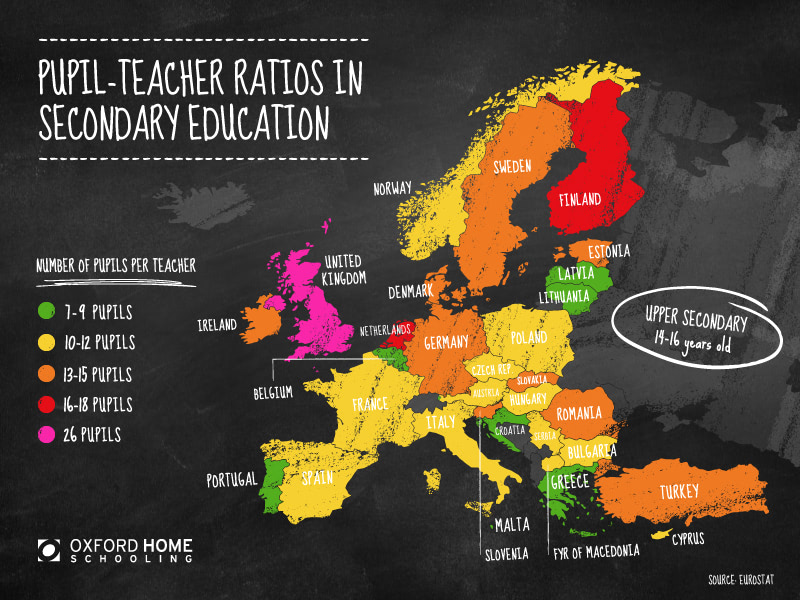
The UK has more than twice as many GCSE pupils per teacher as the European average, according to research comparing UK education to the rest of the continent.
Oxford Home Schooling, part of the Oxford Open Learning Trust, used data from Europe-wide reporting to investigate how the UK compares against three key areas of education: pupils per teacher, years spent in school and level of national investment in schools.
It is the ratio of pupils to qualified teachers in upper secondary education where the UK fares worst. With the average amongst the EU member states standing at 12.9 pupils aged 14-16 per teacher, the UK has 26.1 – according to Eurostat.
As the country with the second highest number, The Netherlands sits far more comfortably with 18.0, while pupils in Lithuania should theoretically have the most attention, with just 8.1 per teacher.
In a heat map of the continent, created to show the findings of each aspect of the research, the UK’s scenario is even more obvious.
Even though the UK fares better in the bracket of lower secondary education (aged 10-13) its 14.3 pupils per teacher is only lower than the Netherlands (16.0) and France (15.1) in the EU, with the average being 12.6. Malta takes the prize with 6.9, with countries in Central and Eastern Europe faring noticeably better.
Dr Nick Smith, principal at Oxford Home Schooling, said: “The number of pupils per qualified teacher in a country directly affects schools’ abilities to employ enough teachers to keep class sizes at manageable levels.
“The fact that the UK suffers at such a crucial time in children’s education – when they are studying for their GCSEs – is a particular cause for concern.”
The geographical difference between European countries becomes more apparent in other aspects of the research.
The UNESCO statistics for the number of years that a child can realistically expect to spend in tertiary education, rather than the legal requirement, show that students in all Western European countries spend 16 or 17 years in school, with countries in Central and Eastern Europe falling to 15 or 14 years. Serbia has the lowest expectancy, with 13 years.
However, Serbia experiences a reversal when it comes to investment, equaling Denmark for the top spot, with 1.4% of the country’s GDP spent on secondary education.
Romania invests the least, at 0.6% of GDP, while the UK sits in the top third at 1.2%. Generally, countries in Eastern Europe invest less of their GDP in secondary education, but anomalies are clear.
Spain and the Republic of Ireland, for example, invest only 0.8%, with Belgium and Italy just ahead at 0.9%, according to the Eurostat figures.
Dr Nick Smith explains: “In general, it’s a good indicator of how highly each country prioritises education. A greater percentage suggests more investment in teacher training and school resources.
“That doesn’t always mean better results, though. Some countries may be able to spend less by having a more efficient system.
“Although the UK fares well in the latter two categories, it’s the comparison of pupils per teacher in upper secondary schools that’s the most eye-opening finding. It sheds more light on why more and more parents are choosing to home educate, if their local schools are struggling to find enough teachers.”
For more details on the research, sources of the information and insight into the results, click here.


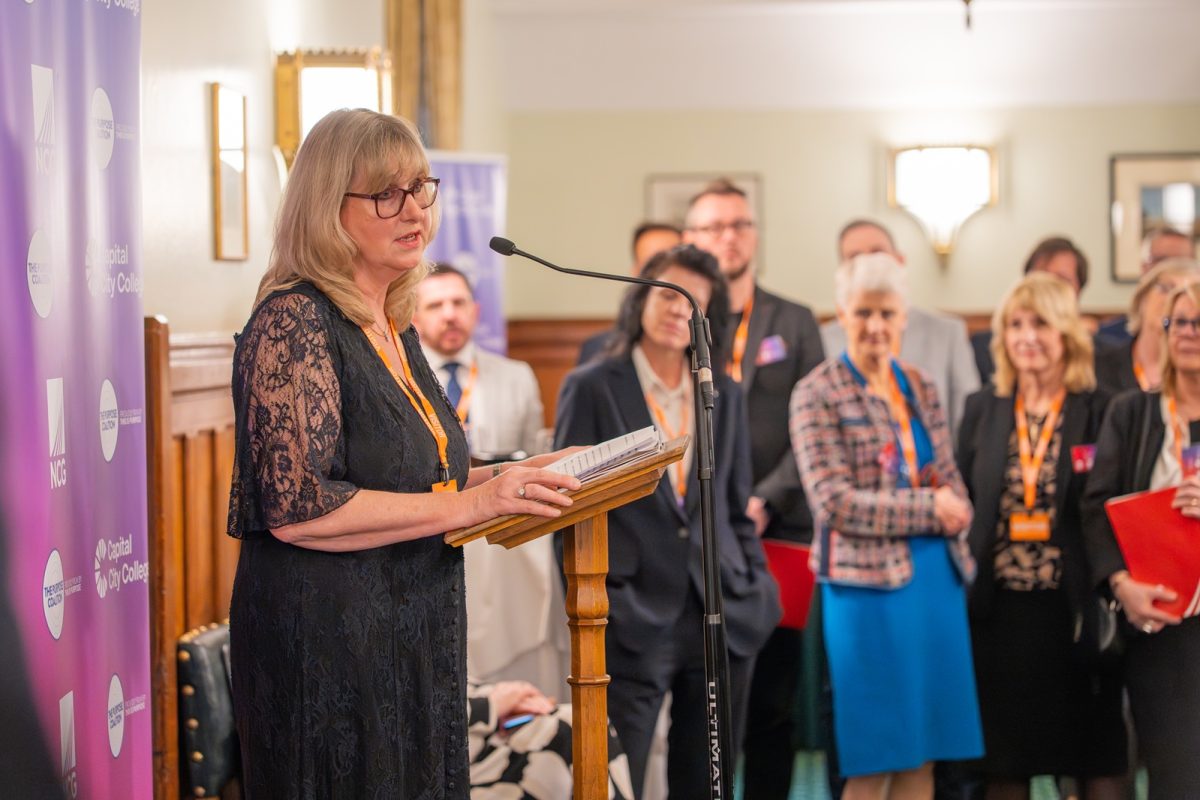


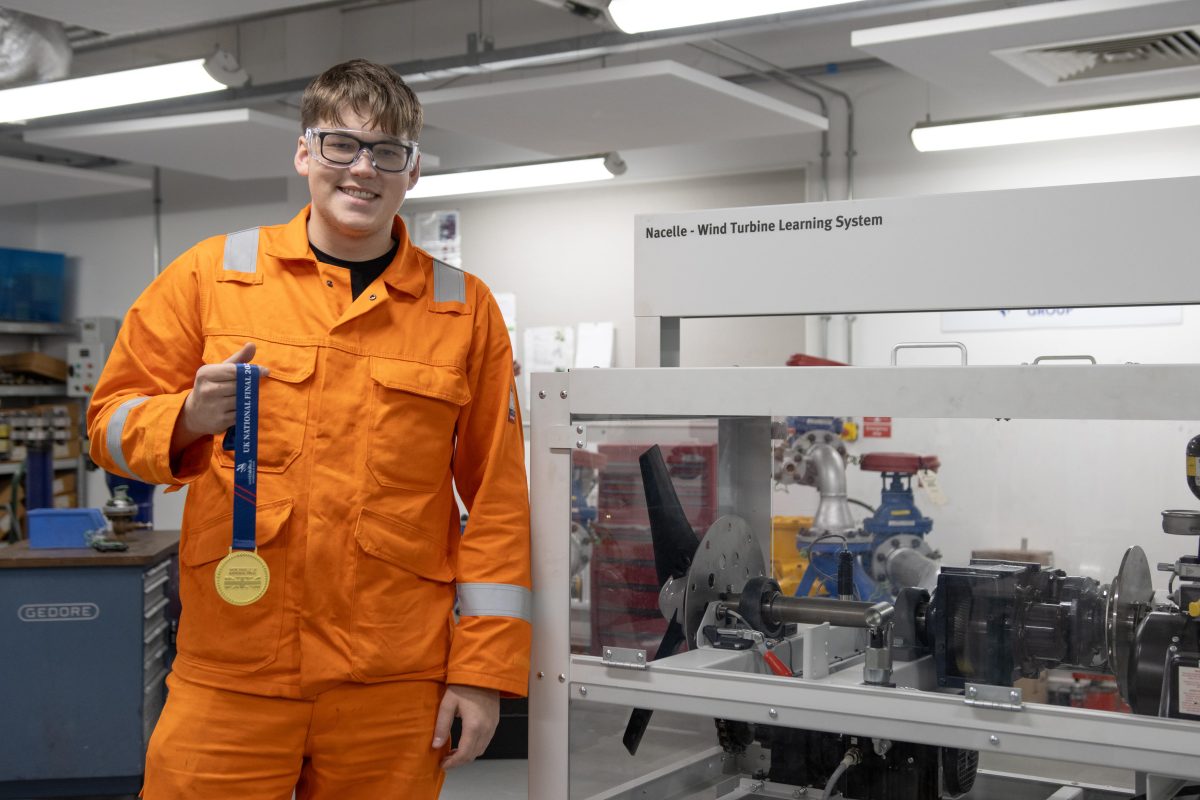



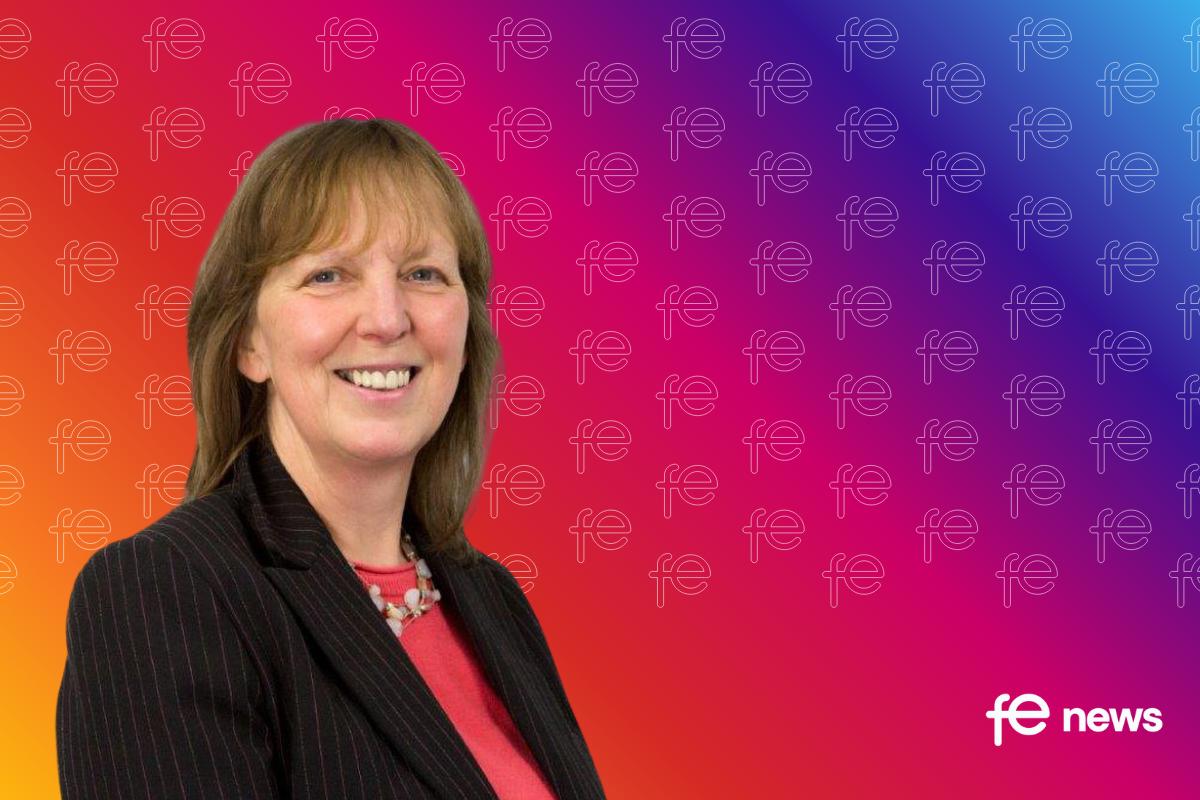
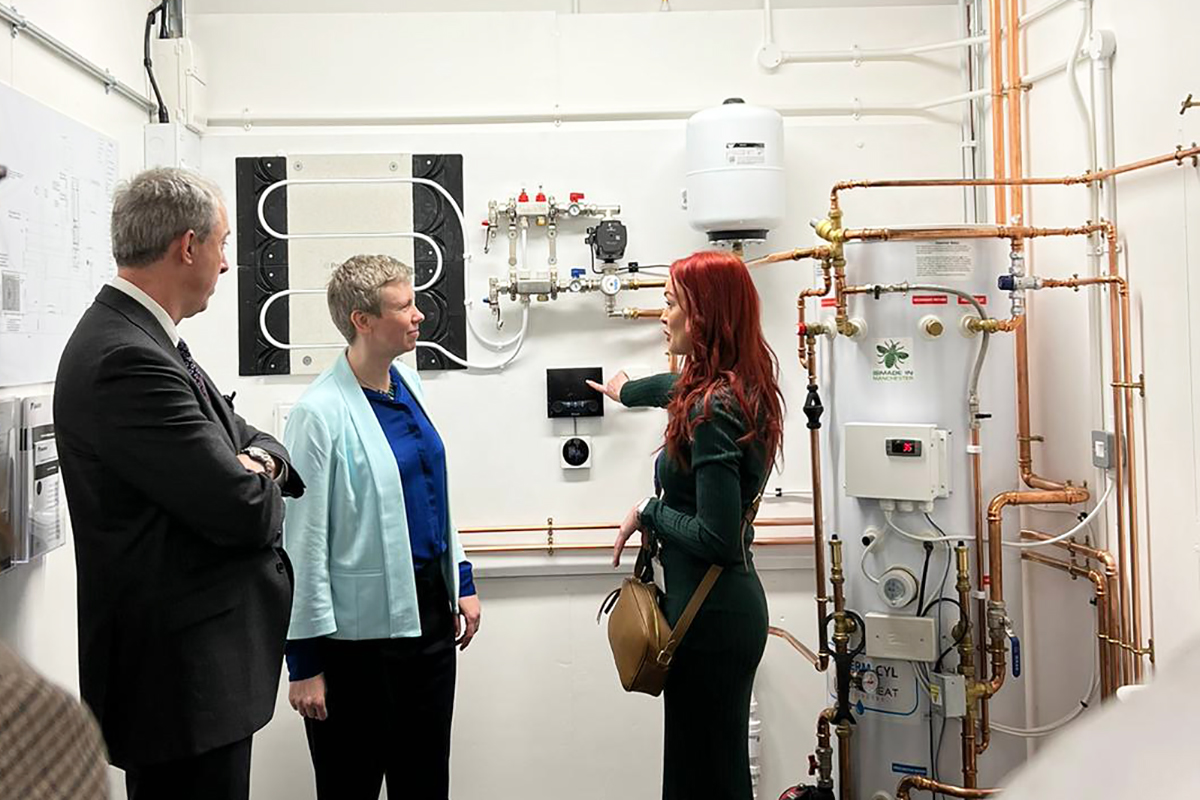
Responses